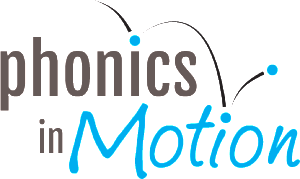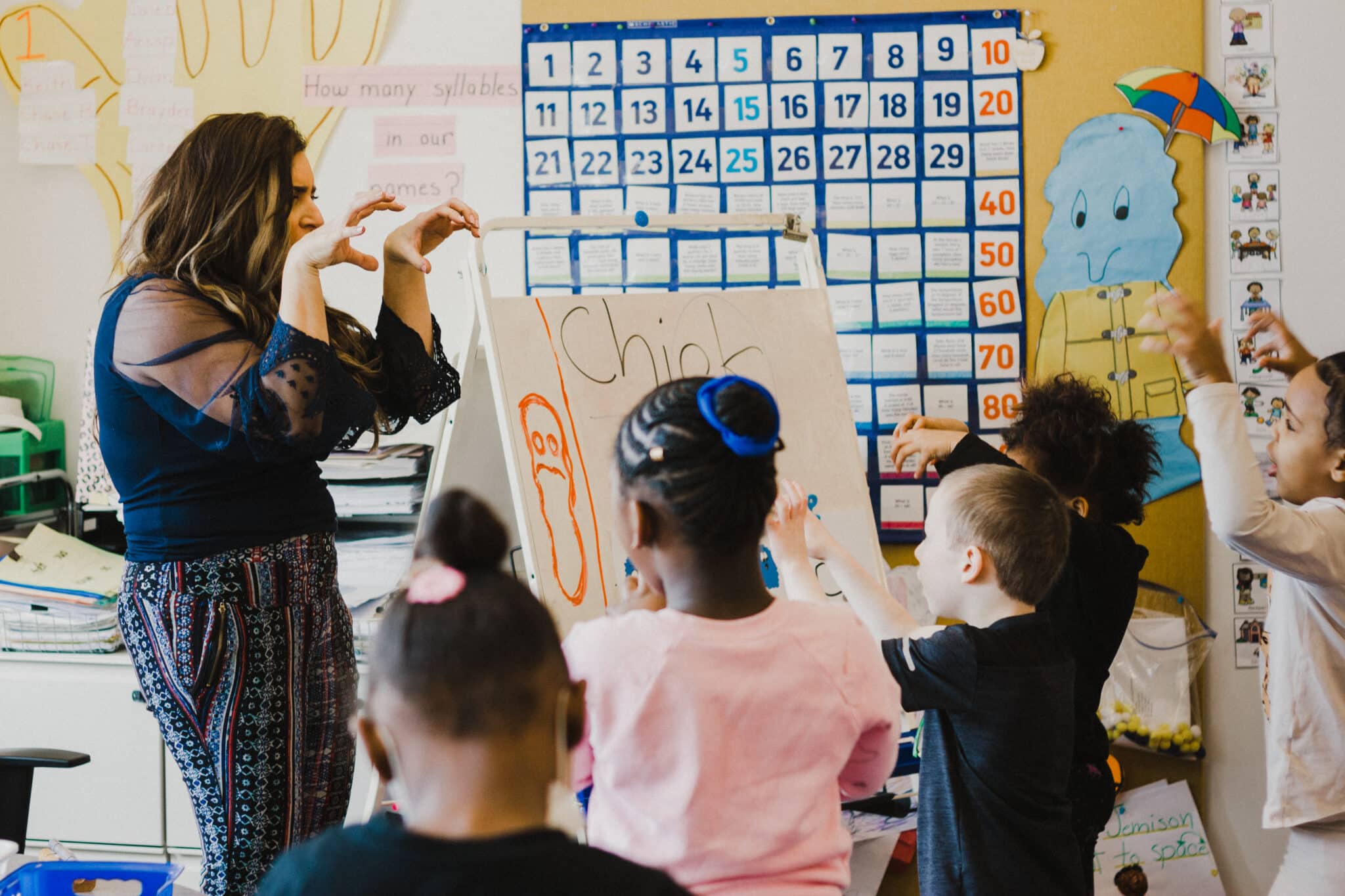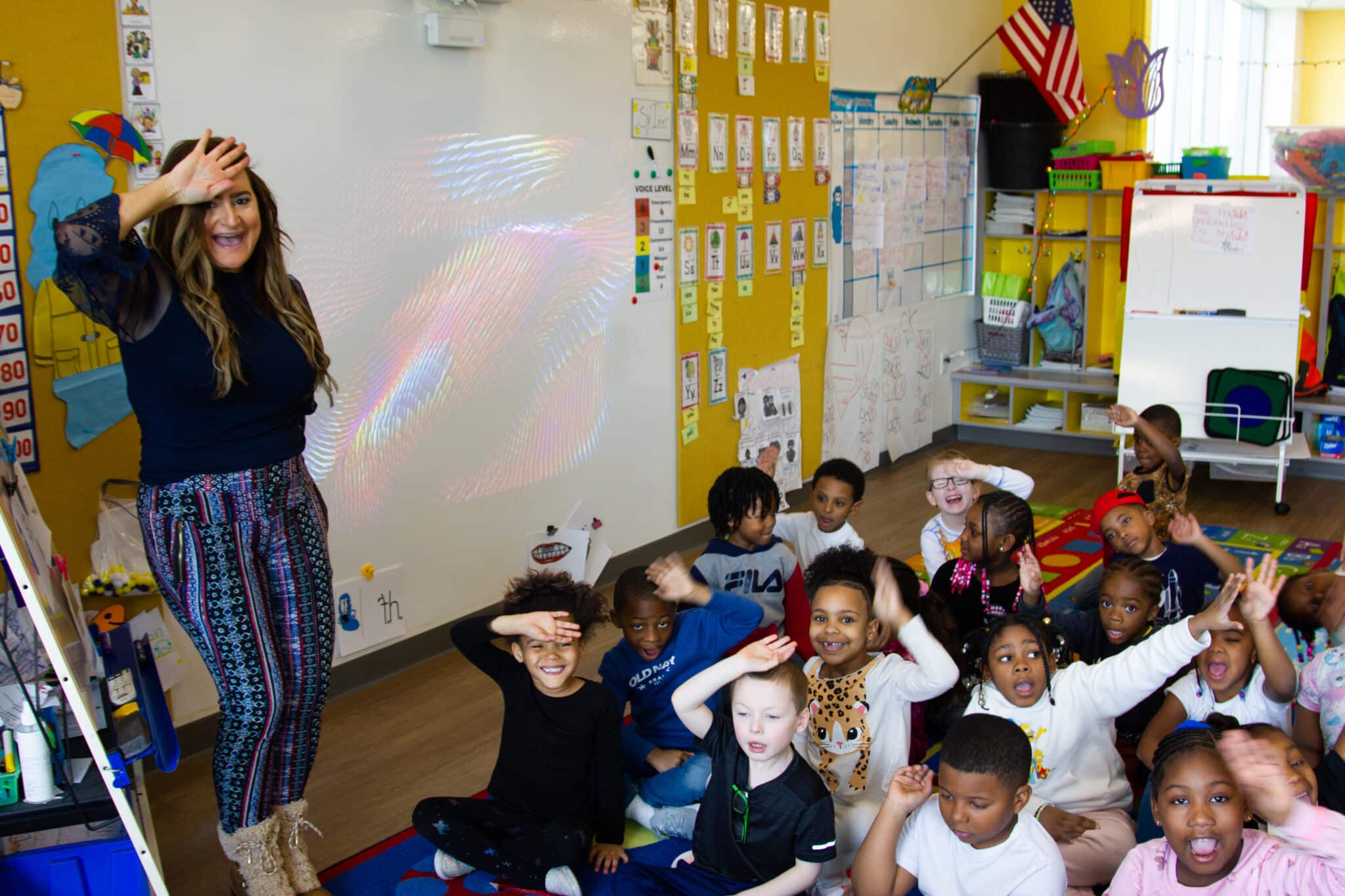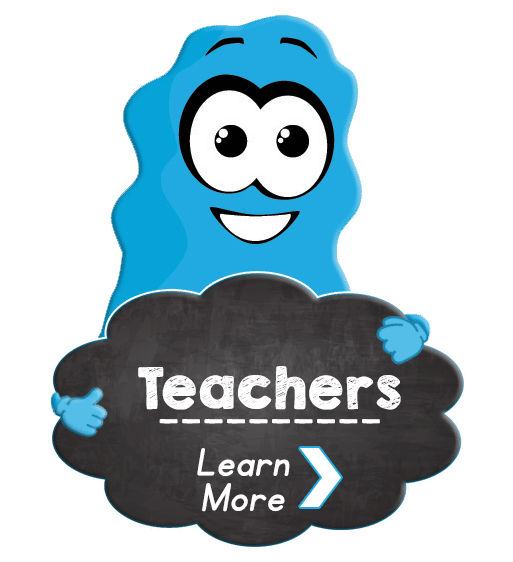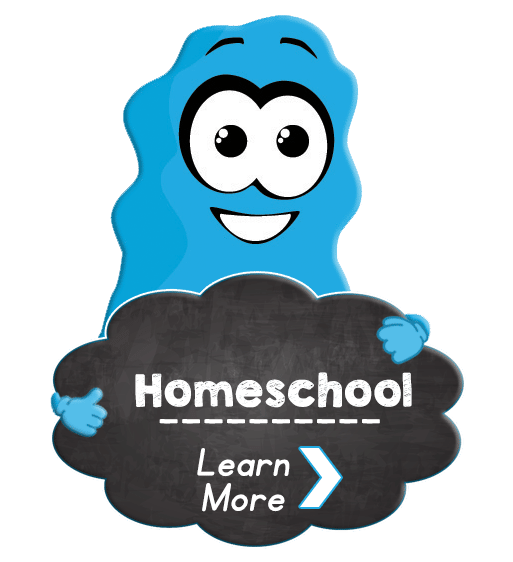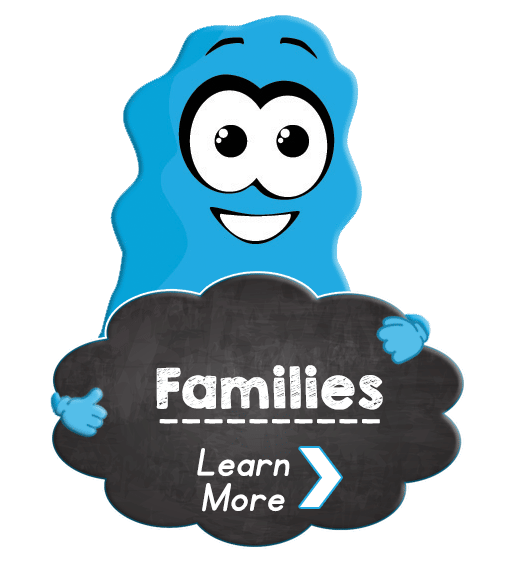What Is Phonics And How Do You Teach It?
If you’ve ever been faced with teaching a child to read, you’ve probably found yourself asking “What is phonics and how the heck do I teach it?” Let’s explore how to effectively teach this crucial skill through transformative literacy routines that emphasize kinesthetic learning and engage students in the fascinating world of reading and writing. Join us as we uncover the principles behind phonics instruction and the techniques that make it accessible and engaging for learners.
A Phonics Definition
Phonics is a systematic approach to teaching reading that helps young learners understand the connection between sounds and letters. It involves breaking words down into individual phonemes (the smallest units of sound in language) and associating these sounds with specific letters or combinations of letters (graphemes). It provides learners with the tools to decode words accurately and fluently, enabling them to read and comprehend written text effectively.
Why Is Teaching Phonics Important?
Phonics plays a vital role in reading development for several reasons:
Reason 1. Word Decoding:
It equips children with the skills to decode unfamiliar words independently. When they encounter new words, they can apply the rules and patterns they have learned to sound out and recognize these words.
Reason 2. Reading Comprehension:
By understanding the relationship between sounds and letters, learners develop stronger reading comprehension skills. Being able to decode words effortlessly frees up mental capacity for higher-level comprehension tasks.
Reason 3. Spelling and Writing:
Phonics knowledge helps children spell words accurately and write more confidently. Understanding the sound-letter correspondences enables them to segment words into individual phonemes, making spelling a more manageable task.
Why Is Phonics So Hard To Teach?
Teaching phonics can present a few challenges, especially in a classroom with diverse students:
Difficulty 1: Inconsistencies in English Language:
English has many irregular spellings and exceptions to phonetic rules. These inconsistencies can make learning phonics more difficult for young learners.
Difficulty 2. Different Learning Styles:
Children have different learning styles, and some may struggle to grasp abstract concepts like phoneme-grapheme relationships. Teachers need to employ various instructional approaches to accommodate diverse learners.
Difficulty 3. Teacher Preparedness:
Teaching phonics effectively requires educators to have a deep understanding of phonics principles themselves. Without proper training and resources, some teachers may find it challenging to deliver phonics instruction successfully.
Why Do I Need To Teach Phonics Explicitly?
In recent years, the Science of Reading has gained recognition for its evidence-based approach to literacy instruction. As part of this approach, the explicit teaching of phonics has emerged as a crucial component of a well-aligned scope and sequence.
Reason 1. Reading Acquisition:
Explicit phonics instruction is essential because it directly addresses one of the key pillars of reading acquisition – decoding skills. By teaching students the relationship between sounds and letters, explicit phonics instruction equips them with the necessary tools to decode and recognize words accurately. This foundational skill is pivotal in the journey to becoming proficient readers.
Reason 2. Development of Foundational Skills:
Explicit literacy instruction is aligned with the Science of Reading’s focus on building a strong foundation of phonological and phonemic awareness. Research indicates that phonics instruction enhances a child’s ability to manipulate and work with individual sounds, leading to improved word recognition and reading comprehension. By explicitly teaching phonics, students acquire an understanding of phoneme-grapheme correspondences, enabling them to apply this knowledge when reading unfamiliar words.
Reason 3. Effectiveness for Diverse Learners:
Explicit phonics instruction benefits all learners, especially those who might struggle with reading. The Science of Reading emphasizes the importance of providing explicit, systematic, and cumulative instruction for all students, including those with learning differences or English language learners. By using a scope and sequence aligned with the Science of Reading, teachers can ensure that phonics instruction is provided explicitly and consistently, supporting the needs of every student and reducing reading difficulties.
Do You Need Phonics Worksheets?
Contrary to popular belief, phonics instruction does not require an overreliance on worksheets. While worksheets can be one tool in a varied instructional approach, they should not be the sole focus. Phonics should be taught through a combination of activities that engage learners in hands-on, multisensory experiences and real-world reading opportunities. These experiences allow children to practice phonics skills in authentic and meaningful ways.
How Phonics in Motion Teaches Phonics Through Story & Motion
Let’s explore the transformative power of Phonics in Motion’s four literacy routines. These routines are designed to help students unlock the reading code, emphasizing kinesthetic learning through physical motions that reflect the articulatory aspects of phonemes. We’ll break down each of these routines and highlight their significance in phonics instruction.
Routine 1: Kinesthetic Motion for the Phoneme (KMP)
The KMP routine introduces physical motions for each phoneme, aligning them with what the articulators do in the mouth when making that sound. For example, the /t/ sound involves a tongue motion, and students mimic this motion with /t/ /t/ /t/. The beauty of KMPs lies in their one-to-one match with the phonetic code. When a child performs the /ch/ motion, it corresponds directly to the “CH” code. This kinesthetic approach allows students to feel the sound’s tension or relaxation, enhancing their phonemic awareness.
Students learn KMP motions through weekly and monthly poems. These poems serve as a foundation for phonemic structure development. The weekly poem highlights the phoneme of focus, while the monthly poem gradually builds on phonemic complexity. These motions become an integral part of various routines, naturally bridging the gap between sound awareness and written code.
Routine 2: Handwriting Routine with the Reading and Writing Monster
The Reading and Writing Monster is a playful character that represents the left side of printed material. It encourages students to overcome the “monster” of reading and writing challenges. This routine incorporates handwriting stories and emphasizes directionality, fluency, and letter formation. The motions from the KMP routine help students understand the strokes required for different letters, enhancing their writing skills.
Routine 3: The Language Calendar
The Language Calendar involves modeled writing by teachers and collaborative construction with students. It serves as a daily opportunity to apply literacy skills in practical writing contexts. Students learn to apply what they’ve learned in explicit lessons, practice fluency, identify sight words, and grasp grammar concepts.
Routine 4: The Vowel House
The Vowel House, typically introduced in first grade, focuses on vowels and their various spellings. It helps students recognize that a single sound can be represented by different letter combinations. The Vowel House serves as a visual aid and a reference point for students to identify and differentiate vowel sounds.
Holistic Phonics Instruction with Phonics in Motion
Phonics in Motion offers a comprehensive approach to phonics instruction, ensuring that students not only understand the phonetic code but also apply it effectively in reading and writing. These routines engage students through kinesthetic learning, making literacy more accessible and enjoyable. The program’s adaptability allows teachers to tailor instruction to individual needs, promoting successful literacy development.
We discuss these routines and so much more about our Science of Reading-aligned instructional approach on our podcast, Literacy Conversations with Phonics in Motion.
